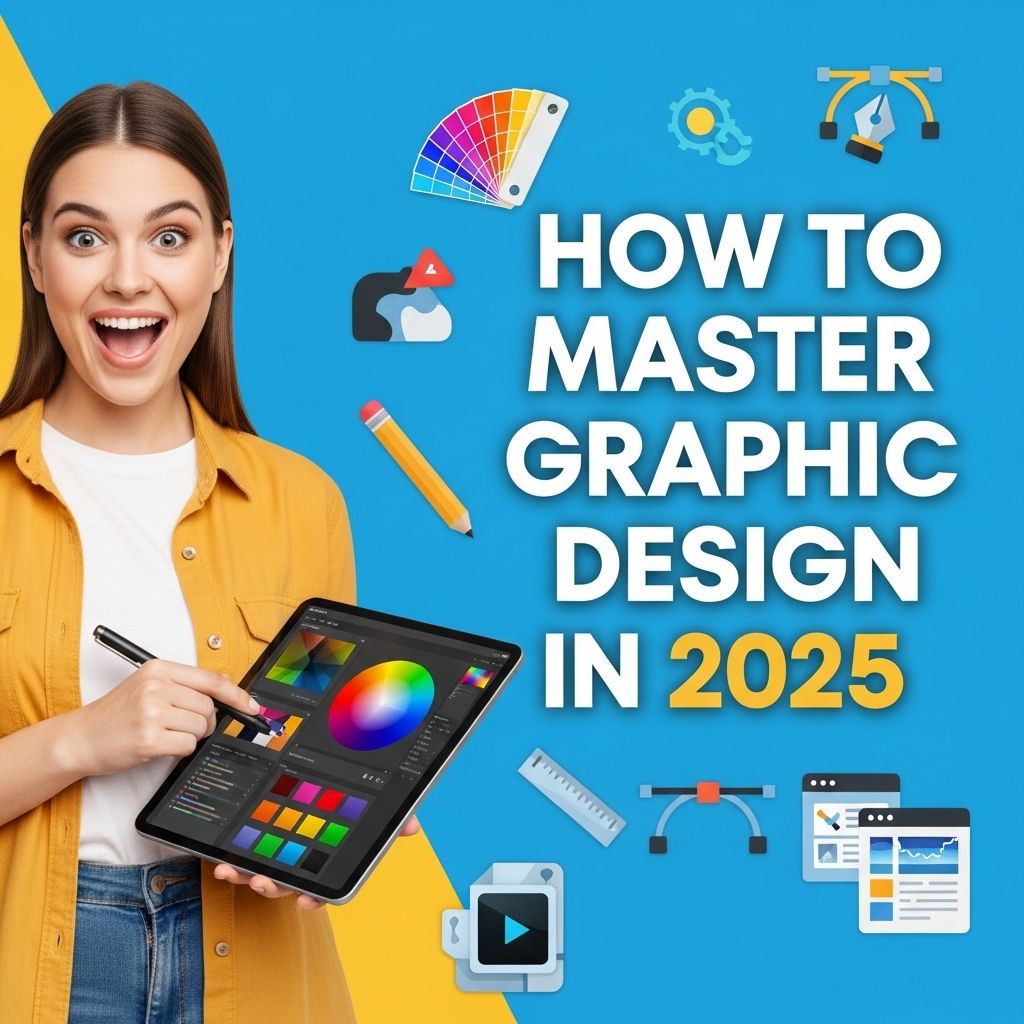In the fast-paced world of graphic design, having a standout portfolio is essential for capturing the attention of potential clients and employers. A well-crafted portfolio not only showcases your skills and creativity but also conveys your personal brand. This article explores ten innovative graphic design portfolio ideas that are sure to impress and leave a lasting impression.
1. The Interactive Portfolio
Creating an interactive portfolio can provide a unique experience for your audience. By incorporating animations, hover effects, and clickable elements, you can engage viewers in a playful way. Here are some ideas:
- Use parallax scrolling to create depth.
- Incorporate video backgrounds that highlight your projects.
- Add interactive case studies where viewers can explore the design process.
Tools to Consider
To create an interactive portfolio, consider using:
- Adobe XD: Great for creating prototypes.
- Webflow: Allows for advanced animations without coding.
- Figma: Excellent for collaboration and sharing.
2. The Minimalist Approach
Simplicity can speak volumes. A minimalist portfolio emphasizes your work without distractions. Here are key principles to follow:
- Limit Color Palette: Use a cohesive color scheme that enhances your designs.
- Focus on White Space: Allow your designs to breathe and stand out.
- Selective Showcase: Only feature your best work to maintain quality over quantity.
Examples of Minimalist Portfolios
Check out these portfolios for inspiration:
| Name | Website |
|---|---|
| Jessica Walsh | jessicawalsh.com |
| Daniel Spatzek | spatzek.com |
3. The Storytelling Portfolio
Every project has a story. Use your portfolio to narrate the journey behind your designs. This approach can captivate your audience. Consider these elements:
- Include project backgrounds: Describe the problem, solution, and process.
- Add sketches or drafts: Show your thought process and evolution of the design.
- Utilize testimonials: Incorporate feedback from clients to add credibility.
Tips for Effective Storytelling
To enhance storytelling:
- Use a consistent narrative style.
- Incorporate visuals alongside text for better engagement.
- Highlight key milestones and outcomes.
4. The Themed Portfolio
Creating a portfolio around a specific theme can help in branding. Choose a theme that resonates with your design philosophy or clientele. Consider these themes:
- Nature-Inspired: Use earthy tones and natural imagery.
- Futuristic: Incorporate tech elements and modern aesthetics.
- Vintage: Harness nostalgia with retro designs.
Implementation Tips
While working on a themed portfolio:
- Maintain consistency in color, typography, and style.
- Create custom graphics that align with the theme.
- Engage in storytelling that reflects the theme.
5. The Video Portfolio
Video portfolios are gaining popularity as they allow designers to showcase their work dynamically. This format is particularly effective in illustrating process and impact. Here’s how to create one:
- Compile a showreel of your best works.
- Include behind-the-scenes clips of your design process.
- Add voiceovers to explain your design decisions.
Best Practices for Video Portfolios
When creating a video portfolio, keep these tips in mind:
- Keep it short and engaging (ideally under 2 minutes).
- Use high-quality visuals and sound.
- Include links to your website and social media.
6. The Case Study Format
Case studies provide an in-depth look at your design projects. They help potential clients understand your process and expertise. A well-structured case study includes:
- The client brief and project goals.
- Your research and ideation process.
- The final design and its impact.
Structuring a Case Study
Consider the following format:
- Background: Introduce the project context.
- Research: Highlight user needs and market analysis.
- Process: Share sketches, wireframes, and prototypes.
- Outcome: Include metrics and client feedback.
7. The Print Portfolio
In a digital world, a physical print portfolio can make a memorable impact. This tactile experience can resonate with clients and employers. Here are tips for creating an impressive print portfolio:
- Choose high-quality materials that reflect your brand.
- Design a unique cover that stands out.
- Include prints of your best works along with descriptions.
Creating a Cohesive Print Portfolio
Ensure all elements of your print portfolio are cohesive:
- Use consistent typography and color schemes.
- Ensure that print quality is high to avoid pixelation.
- Consider including a digital version via a QR code.
8. The Personal Branding Portfolio
Your portfolio can also serve as a platform for personal branding. Use it to convey who you are as a designer. Key components include:
- A strong personal logo.
- A professional biography that highlights your journey.
- A consistent visual style that reflects your identity.
Building Your Personal Brand
To strengthen your personal brand, consider:
- Engaging in social media to promote your designs.
- Networking within the design community.
- Continuously refining your visual identity.
9. The Niche Portfolio
Focusing on a niche can help you stand out in a crowded market. Whether it’s UX/UI, branding, or illustration, tailor your portfolio to a specific area of expertise. Here’s how:
- Showcase projects that align with your niche.
- Use targeted keywords in your portfolio descriptions.
- Engage with communities relevant to your niche.
Examples of Niche Portfolios
Here are some niche portfolio examples to inspire you:
| Name | Specialty | Website |
|---|---|---|
| Sarah D. Smith | UX Design | sarahsmithux.com |
| Mark Johnson | Branding | markjohnsonbranding.com |
10. The Evolving Portfolio
Your portfolio should evolve alongside your skills and experiences. Regularly updating your portfolio ensures it reflects your current style and capabilities. To keep your portfolio fresh:
- Set a schedule to review and update your work.
- Remove outdated pieces that no longer represent your skills.
- Add new work that showcases your growth.
Maintaining an Evolving Portfolio
Best practices include:
- Keeping track of your projects and lessons learned.
- Soliciting feedback from peers to enhance your portfolio.
- Staying abreast of design trends to incorporate into your work.
In conclusion, your graphic design portfolio is a reflection of your skills and creativity. By exploring these ten ideas, you can craft a portfolio that not only showcases your work but also tells your story, engages your audience, and sets you apart in the competitive design industry. Whether you choose to go for an interactive format, minimalism, or storytelling, remember that authenticity and quality should always be at the forefront of your design journey.
FAQ
What are some unique graphic design portfolio ideas?
Some unique graphic design portfolio ideas include interactive online portfolios, themed physical portfolios, and showcasing project process through case studies.
How can I make my graphic design portfolio stand out?
To make your graphic design portfolio stand out, focus on quality over quantity, incorporate personal branding, and present your work in a visually appealing layout.
What should I include in my graphic design portfolio?
Your graphic design portfolio should include your best work, a variety of projects, case studies, testimonials, and a brief introduction about yourself.
Is it better to have a physical or online graphic design portfolio?
An online graphic design portfolio is generally more accessible and can showcase interactive elements, while a physical portfolio can be impactful in interviews and networking events.
How often should I update my graphic design portfolio?
You should update your graphic design portfolio regularly, ideally every few months, to include new work and reflect your evolving style and skills.
What are some common mistakes to avoid in a graphic design portfolio?
Common mistakes to avoid include overcrowding your portfolio, neglecting to include project descriptions, and failing to tailor your portfolio to specific job applications.




